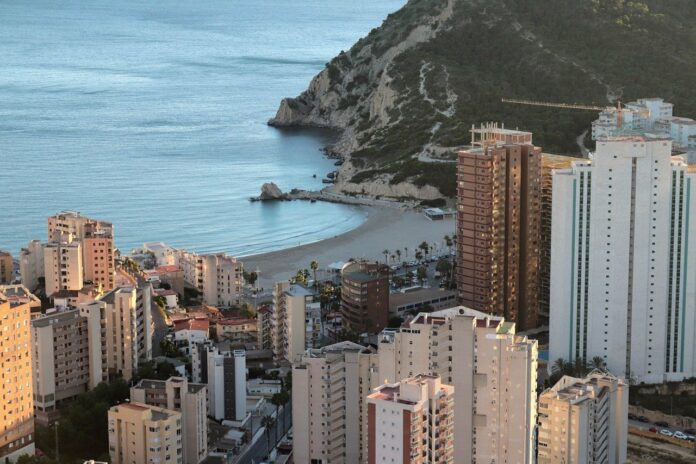19 Interesting Facts About Spain
- Location and Borders: Spain is located in Southwestern Europe on the Iberian Peninsula. It is bordered by France and Andorra to the northeast, Portugal to the west, and Gibraltar (a British Overseas Territory) to the south. Spain also has coastlines along the Atlantic Ocean to the northwest and the Mediterranean Sea to the east and south.
- Square: The country covers an area of approximately 505,992 square kilometers.
- National Currency: The currency of Spain is the Euro (EUR).
- Official Language: The official language of Spain is Spanish (Castilian). Spain also recognizes several regional languages with co-official status in their respective areas, including Catalan, Galician, and Basque.
Interesting Facts About Spain:
- Olive Oil Production: Spain is the world’s leading producer of olive oil, accounting for approximately 44% of global production. The country’s oil output is twice that of Italy and four times that of Greece.
- Gambling: Spain has legalized all forms of gambling. Despite the existence of traditional casinos and slot machines, the national lottery remains the most popular, accounting for 55% of all bets placed.
- Mountainous Terrain: Ninety percent of Spain is mountainous, with an average elevation of 650 meters above sea level. The Iberian Peninsula served as a refuge during the last Ice Age, allowing many species to migrate north after the ice receded.
- Religion: Over 95% of Spaniards identify as Roman Catholics. More than half regularly attend church for weekly confession and communion.
- National Symbol: The bull depicted on many roadside billboards was originally used to advertise whiskey. After the company went bankrupt, the billboards were acquired by the state and the bull became a national symbol.
- Life Expectancy: Spanish women have an average life expectancy of 87 years, higher than in other European countries. The average life expectancy for Spanish men is 79 years.
- Madrid’s History: In the 19th century, the government of Madrid, the capital of Spain, demolished the historic city center. As a result, most city buildings date back to the 19th and 20th centuries.
- Spanish Language: Scientists estimate that in 3-4 generations, only 10% of people will use Spanish for communication at the current rate of change. By 2050, the United States is expected to have one of the highest numbers of Spanish-speaking residents.
- Beaches: Tourists flock to Spain for its extensive beaches. The country boasts about 200 beaches along a coastline stretching nearly 5,000 kilometers.
- Bullfighting: Known as one of Spain’s favorite spectacles, bullfighting has gained worldwide fame. Additionally, Spain is renowned for its ham delicacies, the most famous being pata negra, made from the black Iberian pig breed, which exists only in Spain.
- Soccer: Spain’s professional soccer league is considered the strongest in the world. The two most famous soccer clubs, FC Barcelona and Real Madrid, are Spanish.
- Cadiz: Located in western Andalusia, Cadiz is considered one of the oldest cities in Europe, possibly the oldest. Historians date it back to 1110 BC when it was a Phoenician city.
- Regional Dances: Each region of Spain has its unique dance that fully expresses the emotions of the Spanish people.
- Cuisine: Spanish cuisine is renowned for its variety and flavor, featuring iconic dishes like paella, tapas, and churros. The country is also famous for its wines, particularly those from the Rioja and Ribera del Duero regions.
- Festivals: Spain is home to numerous festivals, such as La Tomatina, where participants throw tomatoes at each other, and Las Fallas, a celebration involving the creation and burning of large sculptures.
- Architectural Marvels: Spain boasts a wealth of architectural wonders, from the ancient Alhambra in Granada to the modernist Sagrada Familia in Barcelona.
- Artistic Heritage: Spain has produced some of the world’s greatest artists, including Pablo Picasso, Salvador Dalí, and Francisco Goya.
- Mediterranean Climate: Spain enjoys a Mediterranean climate, characterized by hot, dry summers and mild, wet winters, particularly in coastal regions.
- UNESCO Sites: Spain has numerous UNESCO World Heritage Sites, including the historic center of Cordoba, the works of Antoni Gaudí, and the Camino de Santiago pilgrimage route.
